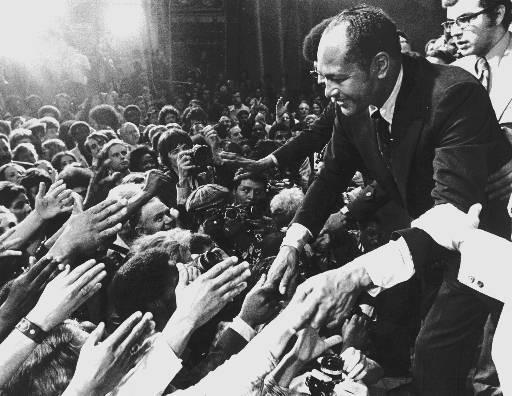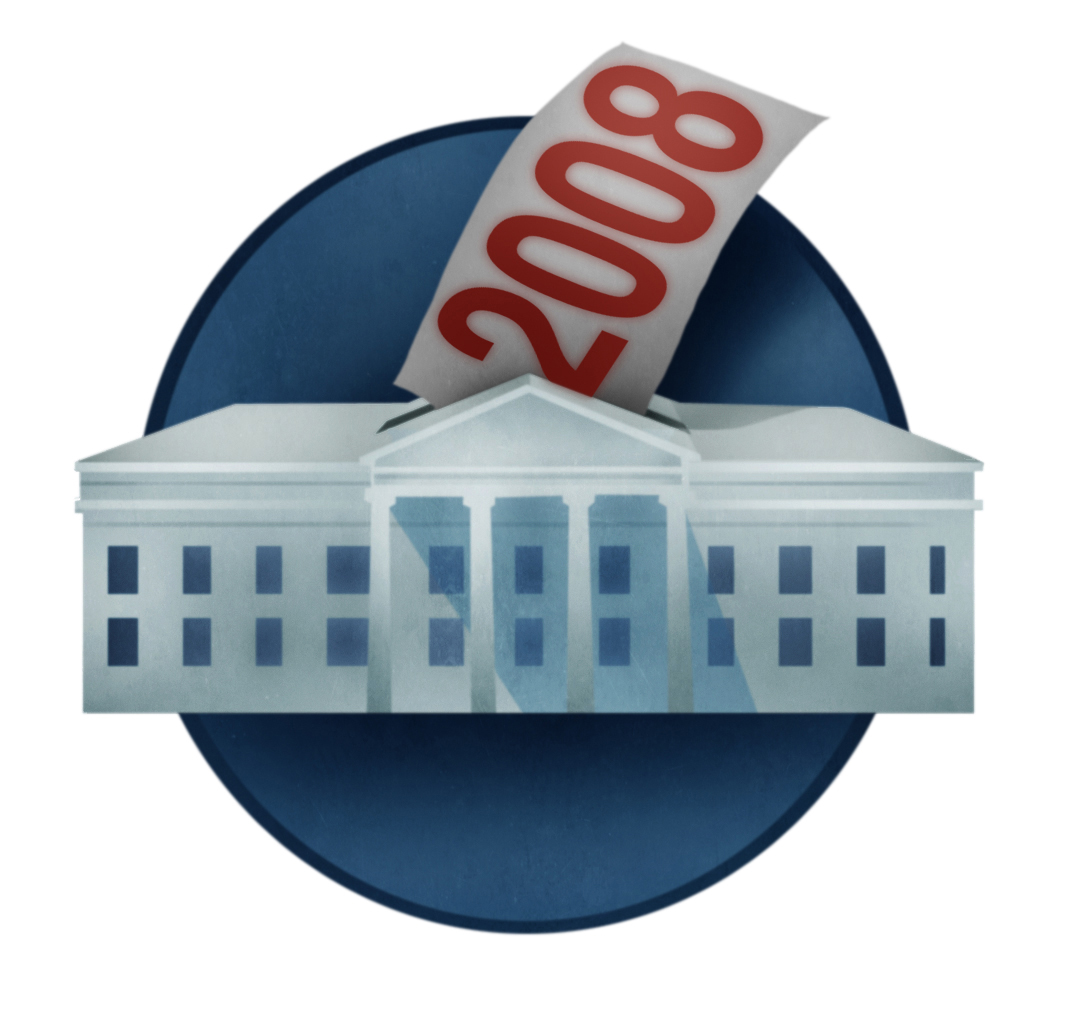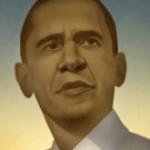The Mis-Reading of the ‘Bradley Effect’
COMMENTARY The talking heads pretty much got it wrong. It was an anti-gun ballot measure -- more than his race -- that cost Tom Bradley the California governorship.
Jul 31, 202041.8K Shares760.8K Views
Los Angeles Mayor Tom Bradley (The Atlantic)
Political pundits are hyperventilating over the possibility that Sen. Barack Obama’s lead in presidential polls is overstated and that the so-called “Bradley effect” — named for the late Los Angeles Mayor Tom Bradley — could kick in and upend predictions.
In 1982, Bradley, the Democratic gubernatorial nominee in California, had led in pre-election surveys, and was declared the winner in pollster Mervin Field’s exit polls. Bradley was poised to become the nation’s first elected African-American governor. But when the votes were counted, the Republican nominee, California Atty. Gen. George Deukmejian, had eked out a narrow victory.
Illustration by: Matt Mahurin
Political analysts declared that race was the reason for Bradley’s loss — and that the discrepancy between polls and the actual vote was due to white voters’ fudging their responses to the “horse race” question, because it was deemed socially unacceptable to admit opposition to a minority candidate.
But the talking heads pretty much got it wrong. A lot more than race cost Bradley the governorship.
Lance Tarrance, who polled for Deukmejian in 1982, got it closest to right. Recently, he wrote: “[A]nalysis of the 1982 election revealed the weakness in the Bradley Effect theory as Bradley actually won on Election Day turnout, but lost the absentee vote so badly that Deukmejian pulled ahead to win. That Bradley won the vote on Election Day would hardly seem to suggest a hidden or last minute anti-black backlash.”
In fact, this reveals that Bradley’s liberal supporters had bungled an important strategic decision. In hopes of increasing Democratic turnout, they qualified Proposition 15, a hand-gun control initiative, for the November 1982 ballot. Every gun owner in California was furious.
The National Rifle Assn. endorsed Deukmejian; and the first large-scale, aggressive absentee ballot campaign was launched by the GOP.
Prop. 15 lost by a nearly 2 to 1 margin. It was defeated in every county except San Francisco and Marin. According to the California Journal, “it was obliterated in rural California,” where turnout ran about 10 percent higher than in urban areas. And the absentee ballot count was lopsided in favor of the Republican.
Tens of thousands of gun lovers registered their vote against gun control and stuck around to mark their ballots for Deukmejian.
Illustration by: Matt Mahurin
Nonetheless, Mervin Field’s exit polling was, to some extent, accurate. Field did not account for absentee ballot voters. His survey—like the actual results—showed a Bradley win at the ballot box.
There were other factors that contributed to imperfect polling — and Bradley’s loss. A lackluster campaign led to a low-turnout election. The Democratic Party, overall, did a mediocre job of getting out the vote. Bradley was also criticized for not energizing his African-American base.
In the end, black turnout was lower than expected — the higher-turnout model used by some pollsters could have skewed the poll results toward Bradley. In addition, some exit polls, according to the California Journal, revealed that the unpopularity of Jerry Brown, the departing Democratic governor who was running against Pete Wilson for the Senate, “rubbed off on Bradley.”
A far stronger case can be made for the impact of a “Bradley effect” in the 1969 race for Los Angeles mayor — when then-City Councilman Tom Bradley first challenged the conservative Democratic incumbent, Sam Yorty. Bradley finished first in a crowded primary, with 42 percent of the vote; Yorty came in second with 26 percent.
Before the head-to-head runoff. pre-election polls showed Bradley handily defeating Yorty. Then, in what was considered a major upset, Yorty won re-election, with 53 percent of the vote to Bradley’s 47 percent. Yorty succeeded, according to his biographer, John Bollens, by “riding to advantage a wave of fear, prejudice and reaction.”
Yorty portrayed Bradley as a Black Panther supporter and depicted the former cop as anti-police. The Political scientist Raphael Sonenshein wrote, “Yorty directly exploited white fears. His campaign ads ran in the real estate section of [San Fernando] Valley newspapers showing Bradley’s picture with the caption ‘Will Your City Be Safe with This Man?’”
Bradley took “a high road approach,” barely responding. In an election with record high turnout overall, Sonenshein observed, a hefty anti-Bradley vote coming from the San Fernando Valley, and dramatic shifts in support to Yorty “among whites, Jews and Latinos, were devastating” to Bradley’s chances.
In the wake of the surprising election results, Bud Lewis, the late director of The Los Angeles Times poll, did some numbers-crunching, and concluded there was a hidden 5 to 10 percent “racism” vote. Recently, the pollster Peter Hart estimated today’s equivalent of Lewis’ “racism” vote to be 2-4 percent.
Racism has always been, and will no doubt always be, a factor in U.S. politics. Racial anxieties permeated the 1969 election; Bradley ducked that campaign’s dominant issues, “crime and civil unrest” — themes that don’t help Democrats, while Yorty hammered on them. But in the 2008 presidential race, fears about the economic future are trumping racial anxieties.
Times have changed; race is not the political driver it was 40 years ago. The “Bradley effect” may have reached its zenith — or nadir? — in 1969. Bradley went on to defeat Yorty in a 1973 rematch. He ultimately served five terms as L.A. mayor.
It’s time for political analysts and talking heads to stop hiding behind the euphemism of “the Bradley effect” and directly address these issues: Why does racism still exist in the mosaic that is the United States? How can racism not exist when partisan polarization and charged political rhetoric define the debate over leadership at every level of government? How much have times really changed?
On Nov. 4, we should have an answer to that last question. The answers to the first two will take a little longer — and a lot more political will on the part of Americans and their leaders.
Sherry Bebitch Jeffe is a senior scholar at the University of Southern California’s School of Policy, Planning and Development.

Rhyley Carney
Reviewer
Latest Articles
Popular Articles


